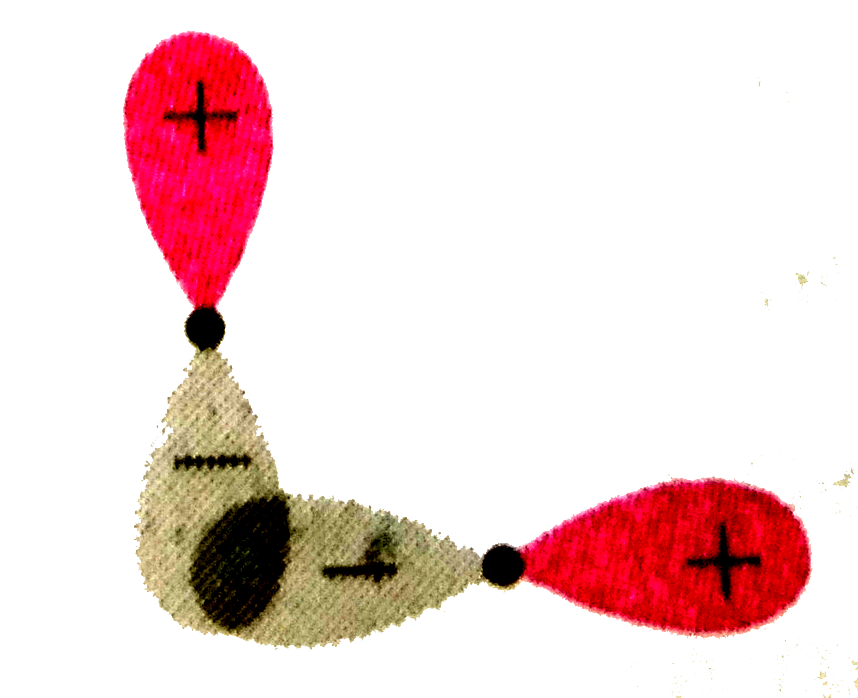In which of the following flowers, no overlapping between the sepals or petals is observed?
Cotton
Cassia
Calotropis
China Rose
The correct Answer is:C
To solve the question regarding which flower exhibits no overlapping between the sepals or petals, we can follow these steps:
1. Understand the Concept of Estivation:
- Estivation refers to the arrangement of petals and sepals in a flower. It describes how these floral parts are positioned relative to each other.
2. Identify the Types of Estivation:
- There are four main types of estivation:
- Valvate: No overlapping; petals and sepals just touch each other.
- Twisted: Regular overlapping; one end of each petal is on the inner side and the other end is on the outer side.
- Imbricate: Irregular overlapping; petals overlap but not in a regular manner.
- Vexillary (or Papilionaceous): A specific arrangement seen in legumes with a large standard petal and smaller lateral and keel petals.
3. Determine the Key Characteristics of Each Type:
- Valvate: No overlap (example: Calotropis).
- Twisted: Regular overlap (examples: China rose, Ladyfinger, Cotton).
- Imbricate: Irregular overlap (examples: Cassia, Gulmohur).
- Vexillary: Specific arrangement in legumes (examples: Pea, Bean).
4. Identify the Correct Answer:
- From the types of estivation, the only type where there is no overlapping between the sepals or petals is the Valvate type. The example provided for this type is Calotropis.
5. Conclude:
- Therefore, the flower that shows no overlapping between the sepals or petals is Calotropis.
Final Answer:
The flower in which no overlapping between the sepals or petals is observed is Calotropis.
---
- Estivation refers to the arrangement of petals and sepals in a flower. It describes how these floral parts are positioned relative to each other.
- There are four main types of estivation:
- Valvate: No overlapping; petals and sepals just touch each other.
- Twisted: Regular overlapping; one end of each petal is on the inner side and the other end is on the outer side.
- Imbricate: Irregular overlapping; petals overlap but not in a regular manner.
- Vexillary (or Papilionaceous): A specific arrangement seen in legumes with a large standard petal and smaller lateral and keel petals.
- Valvate: No overlap (example: Calotropis).
- Twisted: Regular overlap (examples: China rose, Ladyfinger, Cotton).
- Imbricate: Irregular overlap (examples: Cassia, Gulmohur).
- Vexillary: Specific arrangement in legumes (examples: Pea, Bean).
- From the types of estivation, the only type where there is no overlapping between the sepals or petals is the Valvate type. The example provided for this type is Calotropis.
- Therefore, the flower that shows no overlapping between the sepals or petals is Calotropis.
The flower in which no overlapping between the sepals or petals is observed is Calotropis.
Topper's Solved these Questions
Similar Questions
Knowledge Check
Which of the following orbital overlapping is not possible according to VBT?
A B
B C
C DAll of these
DAll of these
Which of the following is stablised by overlapping of p-orbitals?
View SolutionWhich of the following aestivation involves non-uniform overlapping of petals?
View SolutionWhich of the following overlapping is not present in XeO3 molecule ?
View SolutionWhich of the following overlapping is not present in XeO3 molecule ?
View SolutionWhich of the following is a zero overlap which leads to non-bonding?
View SolutionWhich of the following is asymmetrical flower
View SolutionWhich of the following is a positive overlap which leads to bonding ? .
View Solution

